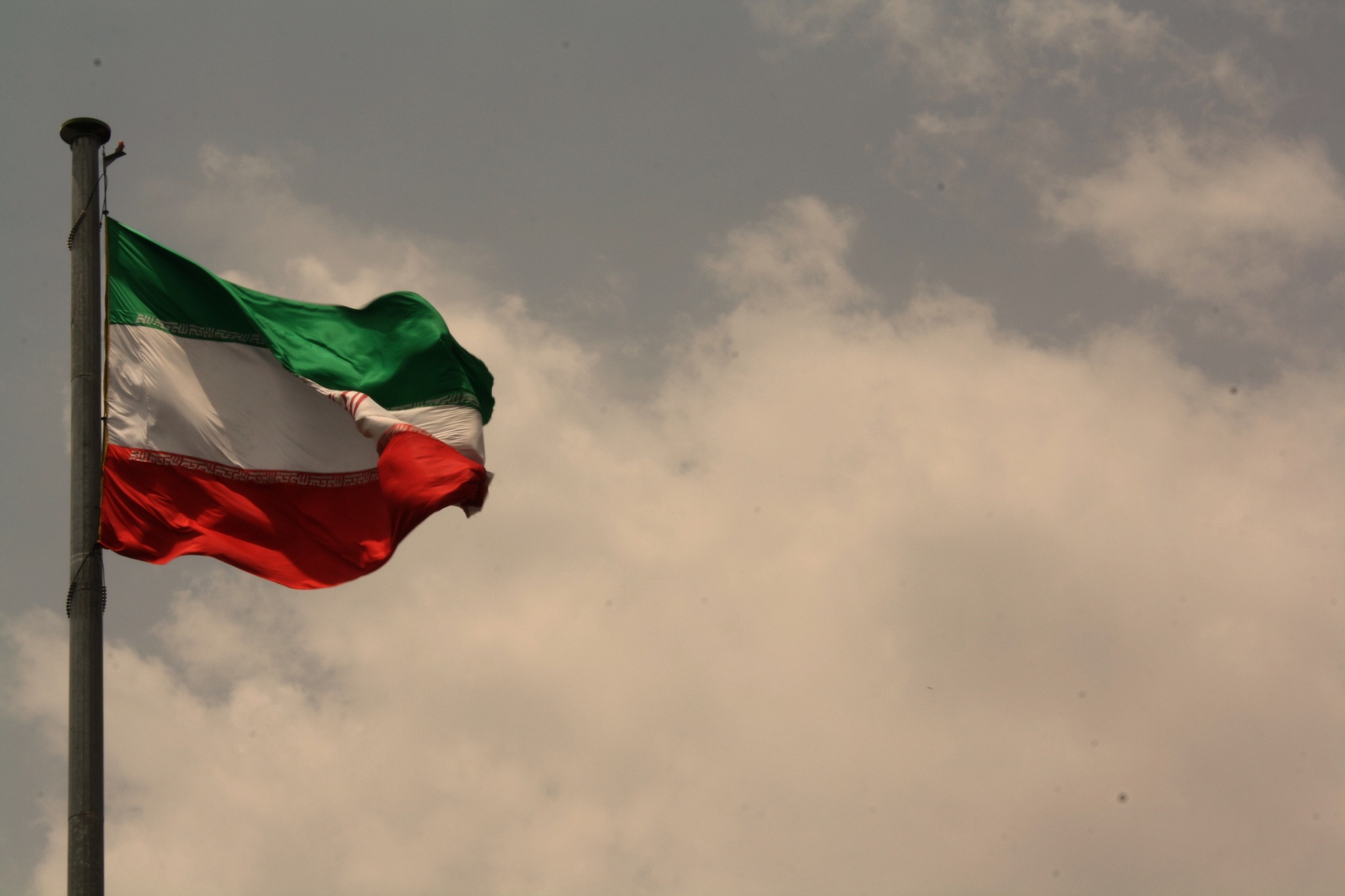
Thousands of anti-government demonstrators poured on to the streets in cities across Iran over the past week in the biggest protests since the pro-democracy unrest of 2009, when more than 2 million people, most of them from the middle-class, protested the disputed re-election of conservative President Mahmoud Ahmadinejad.
Protests were sparked by a demonstration against rising prices that took place on December 28th in the northeastern city of Mashhad, Iran’s second-biggest city and the main base of Iran’s religious hardliners. That fuelled allegations that protests were organised by hardliners, seeking to capitalise on discontent over the economy to undermine the centrist government of Hassan Rouhani and, therefore, secure political gains.
Demonstrations came less than a year after voters re-elected Mr Rouhani on hopes that his nuclear deal with world powers would lead to greater prosperity in the nation of 80 million (Iran agreed to curb its nuclear programme in exchange for lifting most economic sanctions). Mr Rouhani condemned violent protests, but he recognised people’s right to attend peaceful rallies. Protesters had no leaders, unlike those in the 2009 uprising.
Tens of thousands of people responded to the clerics’ call to counter-demonstrate on January 3rd.
The number of people killed as a result of the unrest has exceeded 20. Hundreds have been detained. The government has restricted access to social media, the major source of information.
When Mr Rouhani took power in 2013, he inherited the economy shattered by populist policies. Demonstrators blamed the government for failing to meet Mr Rouhani’s promises to revive the economy, create jobs and tackle corruption. The economy has been showing signs of improvement – with oil output now back to levels seen before the US imposed sanctions in 2011, a result of the relaxation of nuclear-related economic sanctions – but little of the benefits have filtered down to ordinary citizens.
Iran is struggling with inflation at 10 per cent, though the level is down from 40 per cent in 2013, and high unemployment, especially among young people. Bad loans from unregulated lenders have rocked the banking sector. Foreign investment has been slow to materialise following the 2015 nuclear deal as many US sanctions remain in place and investors are increasingly concerned about President Donald Trump’s threats to tear up the landmark nuclear agreement, which he has described the worst deal ever.
It is likely that Mr Trump will not certify the deal for the second time in a row. He would put the US in contravention of the accord if he opted to re-impose sanctions. That would only increase instability in the Middle East.
The Islamic Republic supports Syrian leader Bashar al-Assad, militant groups such as Hezbollah and Hamas and Houthi rebels in Yemen, in an effort to challenge Saudi Arabia for regional dominance. Mr Trump, who has accused Tehran of fuelling extremism in the Middle East, backed Iranian protesters in his posts on twitter. The EU called for Iran to guarantee rights of expression and refrain from violence. Ayatollah Ali Khamenei, Iran’s supreme leader, blamed Iran’s enemies for stoking protests against the clerical regime, but he did not identify the “enemies” to whom he was referring.
Photo: Blondinrikard Fröberg